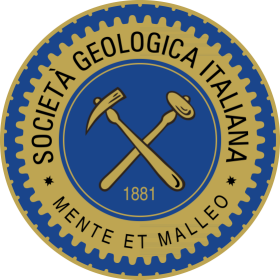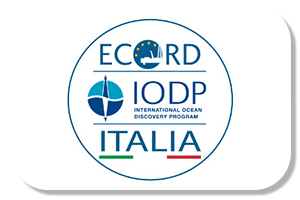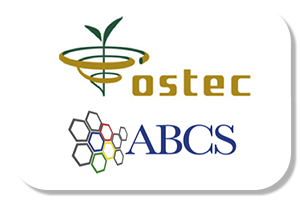
Iain Stewart
Tra Scilla e Cariddi: communicating geology to the public
Professor of Geoscience Communication at the University of Plymouth. He is a fellow of the Geological Society of London and President of the Royal Scottish Geographical Society. He is also a Member of the Scientific Board of UNESCO's International Geoscience Programme. Iain Stewart, a scientist with a structural geology background and a list of important publications especially in active tectonics and earthquake geology, is best known to the public as the presenter of a number of science programmes for the BBC.
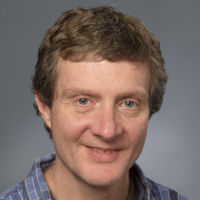
Donald E. Canfield
Atmospheric Oxygen and Biological Evolution
Professor of ecology and director of the Nordic Center for Earth Evolution (NordCEE) in the Institute of Biology, University of Southern Denmark. He has worked at understanding the modern cycles of iron and sulphur, the evolution of these cycles, and their interface with other element cycles, through geologic time. His work spans the range of microbial ecology, biogeochemistry, and geology. His favourite current research sites include meromitic Lake Cadagno in Switzerland and the oxygen-minimum zone off the cost of Chile. He received the European Association of Geochemistry Urey Award in 2011.
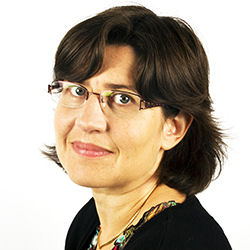
Valerie Masson-Delmotte
Climate change: how can information from the past inform the future?
Senior scientist at the Laboratoire Des Sciences du Climat et l'Environnement/ Institut Pierre Simon Laplace, CEA-CNRS-Université de Versailles Saint-Quentin en Yvelines, Gif-sur-Yvette, France. Her research has been dedicated to the documentation and understanding of past climate and water cycle variability, using measurements performed on natural climate archives (ice cores, tree rings) and simulations. With strong international collaborations, she has co-authored numerous scientific publications, acknowledged by several research prizes (such as "Woman Scientist of year 2013″ in France). She was a coordinating lead author of the paleoclimate chapter in IPCC AR5 and has also published several outreach books for children and for the general public. Since 2014, she is a member of the French Research Strategic Council.
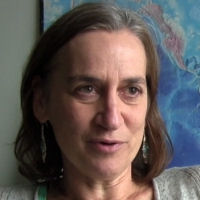
Leigh (Wiki) H. Royden
The Interdependence of Plate Coupling Processes, Subduction Rate, and Asthenospheric Pressure Drop across Subducting Slabs
Wiki Royden (MIT) has made major contributions to the study of geologic processes through quantitative geophysical modeling. She is the recipient of numerous awards, including a GSA Presidential Young Investigator Award, the Donath Medal (Young Scientist Award) from the GSA, election to Fellowship of the AGU and the Woollard Award from the Geophysics Division of the GSA. One of her first big scientific contributions was on the process of thermal subsidence. She was the first to recognize the critical role played by advancing and retreating plate boundaries during collisional events in the Mediterranean area. She is also well recognized for her work on the channelized flow of a weak crustal layer. Wiki provided the mathematical background for basally driven three-dimensional flow within an idealized crust with a laterally invariant, depth-dependent Newtonian viscosity. One impressive outcome of her calculations was the demonstration that a steep-sided plateau is expected for a crust with a low-viscosity zone, exactly as observed in Tibet and the Altiplano.
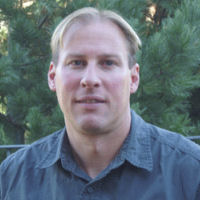
Sean Willett
Changes in River Network Geometry and Implications for Landscape Evolution over Geologic Timescales
Sean Willett has been full Professor at the Institute of Geology of the ETH-Zurich since August of 2006. He conducts research on physical processes at, and near, the Earths surface. His research is particularly focused on how climatic and erosional processes affect the structure, evolution and sediment transport in mountain belts. Most of his research involves application of numerical models, but also includes field experiments and applications of low-temperature, isotopic dating. Problems of interest include the mechanics of mountain-building, the role of erosion on mountain belt structure, tectonic controls on the formation of sedimentary basins, landscape evolution by fluvial and glacial erosion processes and the impact of climate change on erosion and sediment transport. He has published papers on many of the world's active mountain belts including the Himalaya, the Alps, the Andes, Taiwan and the Olympic mountains of the US Pacific northwest.
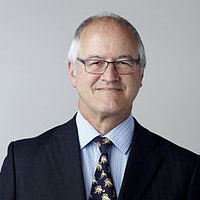
Mike Benton
Recovery from the greatest mass extinction of all time
Professor of vertebrate palaeontology in the Department of Earth Sciences at the University of Bristol. Elected a Fellow of the Royal Society in 2014, he has made fundamental contributions to understanding the history of life, particularly biodiversity fluctuations through time. He has led in integrating data from living and fossil organisms to generate phylogenies – solutions to the question of how major groups originated and diversified through time. This approach has revolutionised our understanding of major questions, including the relative roles of intrinsic and extrinsic factors on the history of life, whether diversity reaches saturation, the significance of mass extinctions, and how major clades radiate. His research investigates palaeobiology, palaeontology, and macroevolution. He is the author of several palaeontology text books and children's books. He has also advised on many media productions, including BBC's "Walking with Dinosaurs" and "The Day The Earth Nearly Died". In December 2010, he got a rhynchosaur named Bentonyx in his honour.




